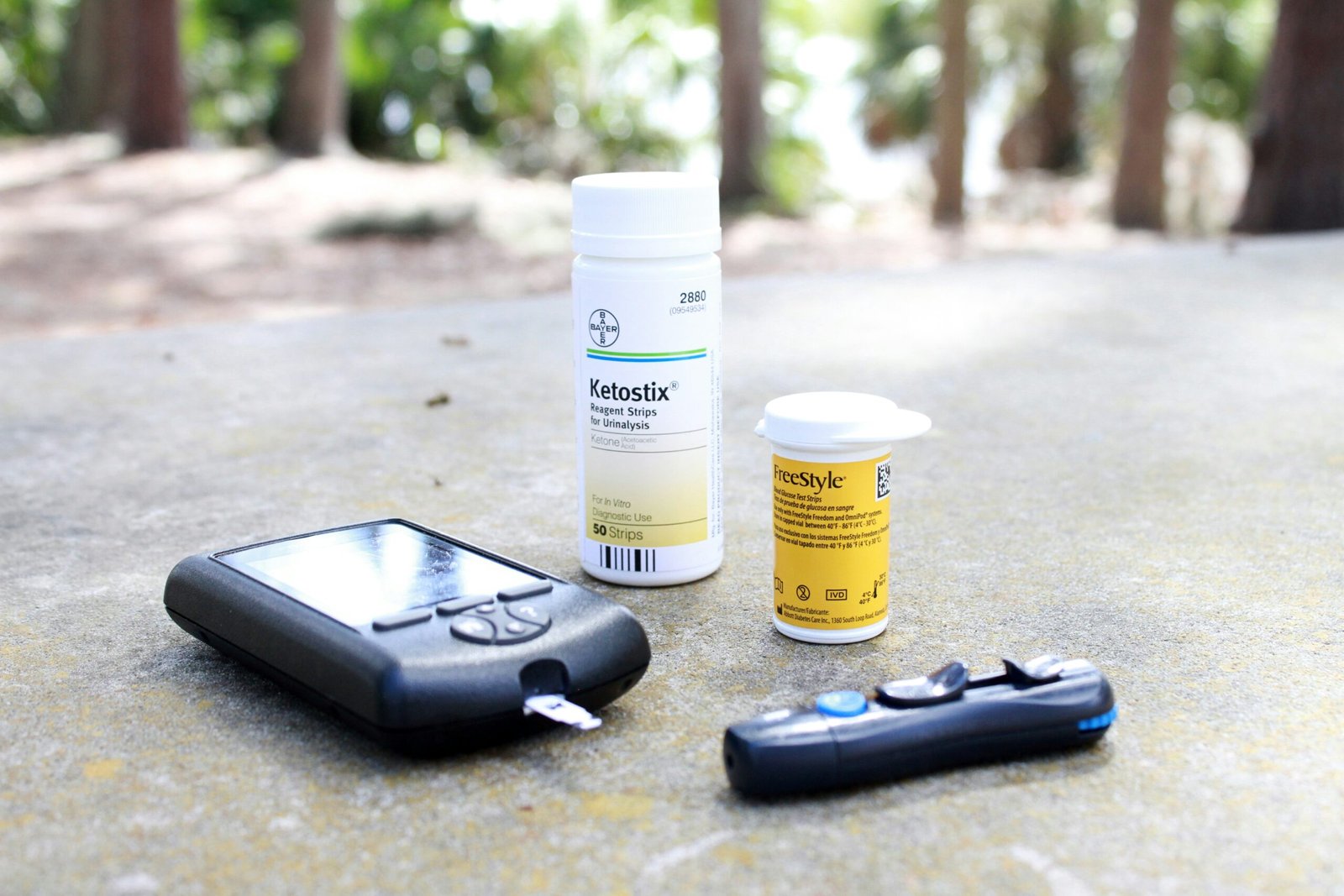Imagine driving along a familiar road when suddenly, a small orange light illuminates your dashboard. The check engine light, a vital indicator of your vehicle’s performance, flickers to life, potentially signaling trouble. This scenario is all too familiar for many drivers, often evoking feelings of anxiety and uncertainty. It is essential to understand that this light serves as your car’s way of communicating that something may be amiss. Ignoring it could lead to more severe complications if underlying issues are not addressed promptly.
The check engine light can illuminate for a variety of reasons, ranging from minor to serious concerns. Common triggers include loose gas caps, faulty oxygen sensors, or more complex issues like transmission problems. Each of these scenarios highlights the importance of being proactive in diagnosing and resolving the cause. Notably, while it’s common to feel overwhelmed, quick action is paramount in ensuring your vehicle remains in optimal condition.
This blog post will delve into the steps and considerations you should take when your check engine light comes on. We aim to provide clarity on how to safely assess the situation and clear the check engine light, ensuring you face minimal disruption to your driving experience. By following the guidance outlined herein, you can approach this indicator with confidence, equipped to make informed decisions regarding your vehicle’s health. Whether you’re a seasoned driver or a new car owner, understanding how to respond when the check engine light appears will empower you and enhance your safety on the road.
Understanding the Check Engine Light
The check engine light (CEL) serves as an essential component of a vehicle’s diagnostic system, acting as an indicator for various engine-related issues. This warning signal alerts the driver to potential problems that could affect the performance, efficiency, or emissions of the vehicle. When illuminated, the check engine light prompts further investigation to determine the root cause of the issue, which can range from minor nuisances to significant mechanical failures.
Several common factors can trigger the activation of the check engine light, with a loose gas cap being one of the most frequently encountered. This seemingly small issue may result in fuel vapors escaping, which can lead to increased emissions and decreased fuel efficiency. Other potential causes include a faulty oxygen sensor that measures the amount of unburned oxygen in the exhaust, engine misfires that can disrupt the combustion process, and emission control problems that affect the vehicle’s ability to meet environmental standards.
Additionally, worn spark plugs or faulty ignition coils can lead to performance issues, resulting in increased fuel consumption and reduced engine power. A malfunctioning catalytic converter may also trigger the check engine light, as it plays a vital role in reducing harmful emissions produced by the engine. Understanding these factors is crucial for vehicle maintenance and timely repairs.
It is important to note that not all check engine lights signify the same level of urgency. A steady illumination typically indicates a non-critical issue that should be addressed soon, while a flashing check engine light is a more urgent warning sign. A flashing light often suggests a severe problem, such as a significant engine misfire, which could potentially cause lasting damage if not resolved immediately. Recognizing the implications of the check engine light can aid drivers in taking appropriate actions to maintain their vehicle’s health.
Can You Clear the Check Engine Light Yourself?
The check engine light (CEL) serves as a crucial indicator of a vehicle’s performance, alerting drivers to potential issues within the engine or emissions system. While many car owners may consider clearing the check engine light themselves, it is essential to understand the intricacies of this action. Clearing the light is often viewed as a short-term solution; it momentarily removes the warning, but does not address the underlying problems that triggered it.
In certain situations, it may be safe to clear the check engine light. For instance, if the light is activated by a loose gas cap or minor issue that resolves on its own, a simple reset can provide a temporary reprieve. In these cases, the CEL may not signal a significant concern, and erasing the warning could be an acceptable corrective measure. However, it is critical to remain vigilant; if the light reactivates, it indicates that a deeper investigation is necessary.
On the other hand, clearing the check engine light in cases of serious problems, such as engine misfires or emissions failures, is ill-advised. These issues often necessitate professional diagnosis and repair, as ignoring them could lead to costly damage or even pose a risk to safety. Technicians utilize specialized equipment to read diagnostic trouble codes (DTCs) that provide valuable insights into the vehicle’s condition. By overlooking critical alerts, drivers may inadvertently exacerbate existing issues, ultimately leading to more extensive repairs or diminished vehicle performance.
In conclusion, while it is tempting to clear the check engine light yourself, discerning between minor and significant issues is vital. Understanding the implications of your actions will guide you toward making informed decisions regarding your vehicle’s health and maintenance.
Methods to Clear the Check Engine Light
When facing a check engine light, it is essential to identify effective methods to diagnose and potentially clear the light. Below, three practical methods are outlined, each having its own advantages and required precautions.
The first method involves utilizing an OBD-II scanner, an essential tool for any vehicle owner. To begin, plug the OBD-II scanner into the vehicle’s diagnostic port, usually located under the dashboard. Next, turn on the ignition without starting the engine. Follow the scanner’s instructions to read the error codes, which provide insights into the specific problems triggering the check engine light. After reviewing the codes, many scanners allow users to reset them, clearing the check engine light. This step is beneficial when the issue has been resolved, as it helps restore the engine monitoring system’s normal function.
The second method entails disconnecting the car battery to reset the Engine Control Unit (ECU). Before proceeding, ensure the vehicle is off and remove the negative terminal from the battery. It is critical to allow the system to remain disconnected for about 15 minutes to ensure the ECU resets properly. Reconnect the terminal afterwards and start the vehicle. However, this method can lead to some inconveniences, such as losing radio presets and other customized settings, which should be taken into account before proceeding.
Lastly, a simpler method is to drive the vehicle for a few days. In many cases, if the issue that triggered the check engine light was minor or transient, the vehicle’s onboard computer may eventually clear the light automatically when it detects a consistent operation without problems. However, this method is not guaranteed and is more suitable for minor issues that do not affect the vehicle’s performance significantly.
When to Seek Professional Help
Understanding when to seek professional assistance in relation to the check engine light is crucial for the longevity and reliability of your vehicle. While the illumination of the check engine light may sometimes indicate minor issues, there are several critical warning signs that suggest the involvement of an experienced mechanic is necessary. Ignoring these signs can lead to more significant problems and costly repairs.
One of the most serious issues that could arise is a malfunctioning catalytic converter. This vital component plays a crucial role in reducing harmful emissions. If the engine light appears alongside symptoms such as decreased fuel efficiency or unusual exhaust odors, it is advisable to consult a professional immediately. A failing catalytic converter can severely impact the vehicle’s performance and cause extensive damage if not addressed promptly.
Another warning sign is an engine misfire, characterized by the engine struggling to maintain a consistent rhythm or producing a noticeable shaking sensation. This behavior can signal problems such as worn spark plugs, damaged ignition coils, or a more significant concern within the engine itself. If you experience these symptoms, it is essential to have a mechanic perform a thorough diagnostic evaluation to identify the root cause of the misfire.
Professional mechanics often employ advanced OBD-II scanners that communicate with your vehicle’s onboard computer system. These scanners provide detailed diagnostic information, allowing mechanics to pinpoint issues accurately. Additionally, mechanics may conduct comprehensive inspections to uncover problems that may not trigger a check engine light but can still affect vehicle performance. Relying on professional assistance ensures that potential hazards are addressed effectively, thereby preserving vehicle integrity and safety.
What to Do If the Check Engine Light Comes Back On
The reappearance of the check engine light after it has been cleared should not be taken lightly. This warning sign indicates that the vehicle’s onboard diagnostics system has detected a problem requiring immediate attention. Ignoring this light can lead to further complications and potentially expensive repairs. Therefore, understanding the necessary steps to take upon the light returning is crucial for the maintenance of your vehicle.
First and foremost, consider conducting a quick visual inspection. One common and easily overlooked cause for the check engine light is a loose or damaged gas cap. A proper seal on the fuel tank is essential as it not only contributes to fuel evaporation control but also triggers the engine warning light if it is not secure. If the gas cap appears loose, simply tightening it may resolve the issue and subsequently turn off the light.
If the check engine light remains illuminated after securing the gas cap, it is prudent to seek professional diagnostic services. Many automotive service providers possess the technology needed to read the specific error codes from the vehicle’s computer. These codes can often point to the root cause of the problem, allowing for a more targeted approach to repairs.
Additionally, monitoring the vehicle’s performance can provide crucial insights. Pay attention to any changes in acceleration, stalling, or unusual noises, as these symptoms may signify deeper mechanical issues. Addressing minor issues early on can prevent them from escalating into significant repairs later. Always prioritize resolving any recurring warning signals by consulting a professional and making necessary repairs promptly. By doing so, you can help ensure the longevity and reliability of your vehicle.
Frequently Asked Questions
The check engine light is a crucial indicator of your vehicle’s health, and understanding its implications can help prevent costly repairs. One common query is whether it is possible to clear the check engine light without addressing the fundamental issue. The answer is yes; however, doing so is not advisable. Ignoring the underlying problem may lead to more severe issues down the road, potentially jeopardizing the car’s performance and safety.
Another frequent question revolves around the check engine light illuminating after refueling. This phenomenon can occur due to a loose gas cap, which may allow fuel vapors to escape, triggering the light. To avoid this, ensure that the gas cap is properly secured each time you refuel. If the light persists even after tightening the cap, further diagnosis may be necessary to uncover more serious concerns.
Many drivers wonder how long it is safe to operate a vehicle with the check engine light activated. While minor issues may not pose immediate danger, it is generally recommended to have your car inspected as soon as possible. Continuously driving with the light on can lead to more significant damage, ultimately resulting in higher repair costs.
Some individuals are concerned about whether resetting the check engine light can cause harm to their vehicles. Resetting the light itself does not cause damage; however, it may conceal underlying faults that should be addressed. Ignoring these issues can lead to further complications that might affect the vehicle’s functionality.
Lastly, clearing the check engine light does not erase the error codes stored in the vehicle’s computer system. The codes provide essential information regarding what triggered the light and should be reviewed for a complete understanding of any existing problems.
Key Takeaways for Maintaining Your Vehicle’s Health
Maintaining your vehicle’s health is paramount for ensuring its longevity and reliability. The check engine light is a vital indicator of your car’s overall condition, signaling that there may be underlying issues that require your attention. The first step in effectively managing this warning light is to understand that ignoring it can lead to more significant problems down the line. When the check engine light illuminates, it’s essential to conduct a thorough diagnostic to uncover the root cause of the issue. This process can often involve using an OBD-II scanner, which reads the specific codes generated by your vehicle’s onboard diagnostic system.
Once you’ve identified the problem, taking timely action is essential. Addressing the issues promptly not only prevents further damage but also keeps repair costs manageable. Whether the necessary repairs involve simple fixes like replacing a gas cap or more complex procedures such as addressing engine misfires, your proactive approach can significantly affect your vehicle’s performance and health. Additionally, regular maintenance checks, including oil changes, filter replacements, and inspections of critical systems, play an essential role in minimizing the chances of the check engine light turning on.
Moreover, it’s important to note that while some issues can be resolved without professional assistance, others may require expert knowledge. If you find yourself uncertain about the implications of the warning light or the associated symptoms, seeking help from a qualified mechanic or service center is recommended. Their expertise can ensure that necessary repairs are conducted appropriately and that your vehicle remains in optimal condition. Overall, maintaining awareness of your vehicle’s warning systems and taking informed actions can lead to a healthier, more reliable vehicle.


